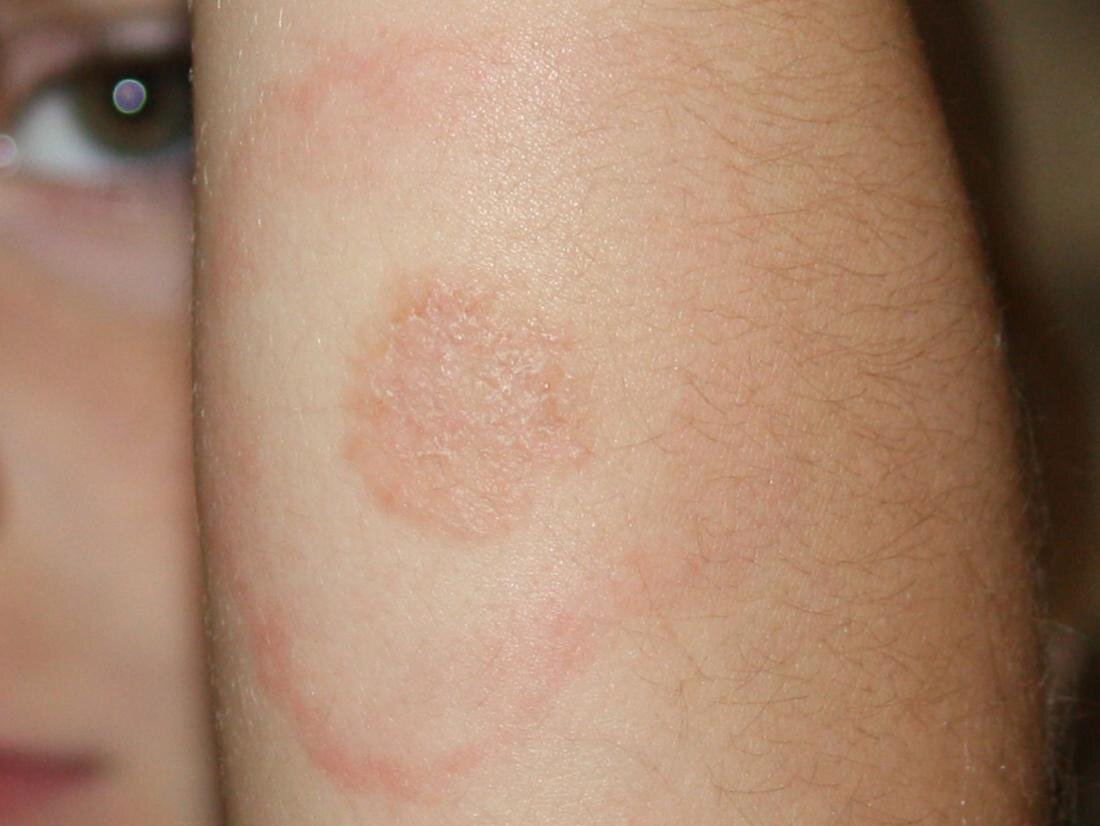A historic case study on chronic Lyme disease
In this free medical education course, Kenneth Liegner, MD, a New York-based internist who has been treating tick-borne disease patients since 1988, discusses one of the earliest documented cases of chronic Lyme disease.
In 1987, Vicki Logan, a 39-year-old pediatric intensive-care-unit nurse from Goldens Bridge, New York, began suffering from headaches, fevers, fatigue, progressive paralysis, cognitive difficulties, and memory loss. Her doctors couldn’t figure out what was wrong, so she was left to cope with this debilitating chronic illness on her own.
Two years later, Dr. Kenneth Liegner of Pawling, NY, decided to take on Logan as a patient, in what may be one of the earliest and most scientifically validated case of chronic Lyme disease on record.
First, he tested Logan for Lyme disease, and all the tests came back negative. She had no history of tick bite or rash, but he knew that Logan lived in a hot spot for Lyme disease, so he decided to presumptively treat her with intravenous antibiotics. After three weeks of IV cefotaxime and four months of oral minocycline, he saw no improvement in her condition.
This started a long diagnostic process to figure out what was wrong with Logan. Along the way, Dr. Liegner consulted with experts in rheumatology, immunology, and neurology. Repeatedly he sent her cerebral spinal fluid (CSF) to pathologists, all of whom observed no bacterial infections. Finally, he sent a spinal fluid sample to the Centers for Disease Control (CDC), and, when the fluid was placed in a special BSK-II growth medium, spirochetes began multiplying. On Jan. 14, 1994, the CDC experts verified that this was the first “gold standard” proof that the Lyme bacterium, Borrelia burgdorferi, can survive in a patient after months of IV and oral antibiotic treatments.
Because Logan’s Lyme disease case was so well documented, her post-mortem tissues have been used in numerous research studies. These studies have shown that the Lyme bacteria had invaded her heart, liver, and brain. A more recent study suggests that Borrelia burgdorferi is able to withstand the administration of antibiotics by forming biofilm structures, protective clusters of microbes, polysaccharides, proteins, lipids, and DNA, around itself.
You can watch a first-hand account of this fascinating medical mystery story here.
***
This course is part of Invisible International’s Education Platform for Tick-borne Illness, funded by the Montecalvo Family Foundation. It currently offers more than 22 free, online Continuing Medical Education (CME) courses on the diagnostics, epidemiology, immunology, symptoms, and treatment of Lyme disease, Bartonellosis, and other tick-borne diseases.
Invisible International, a 501(c)(3) nonprofit organization, is committed to alleviating the suffering caused by invisible illnesses, through education, research, and community empowerment.
You can sign up to receive news and updates at https://invisible.international/mission
Other related courses: Borrelia persistence “Bench to Bedside” E-Colloquium, Antibiotic efficacy for treatment of Lyme disease, The impact of immune responses on diagnosis and treatment of Lyme disease




